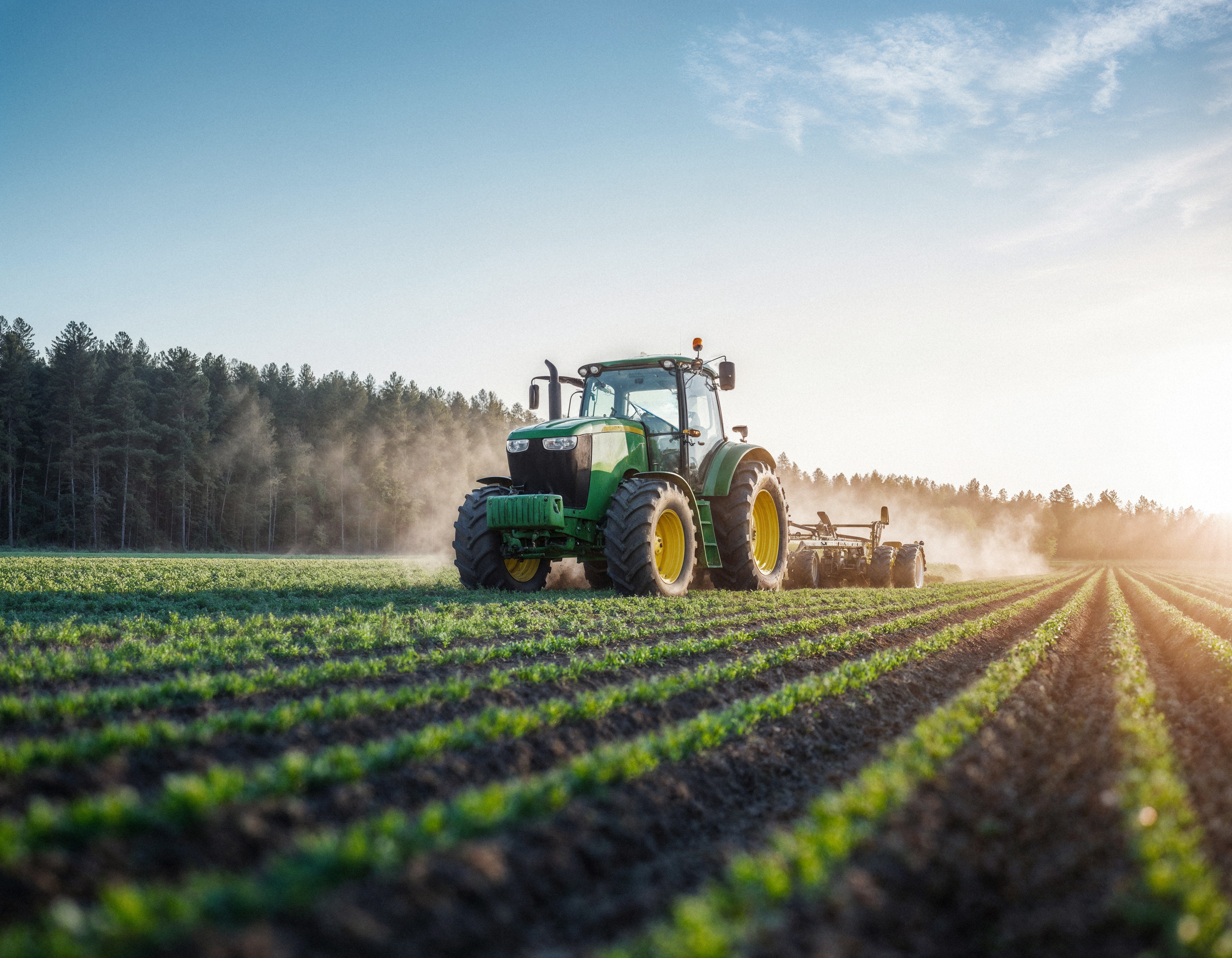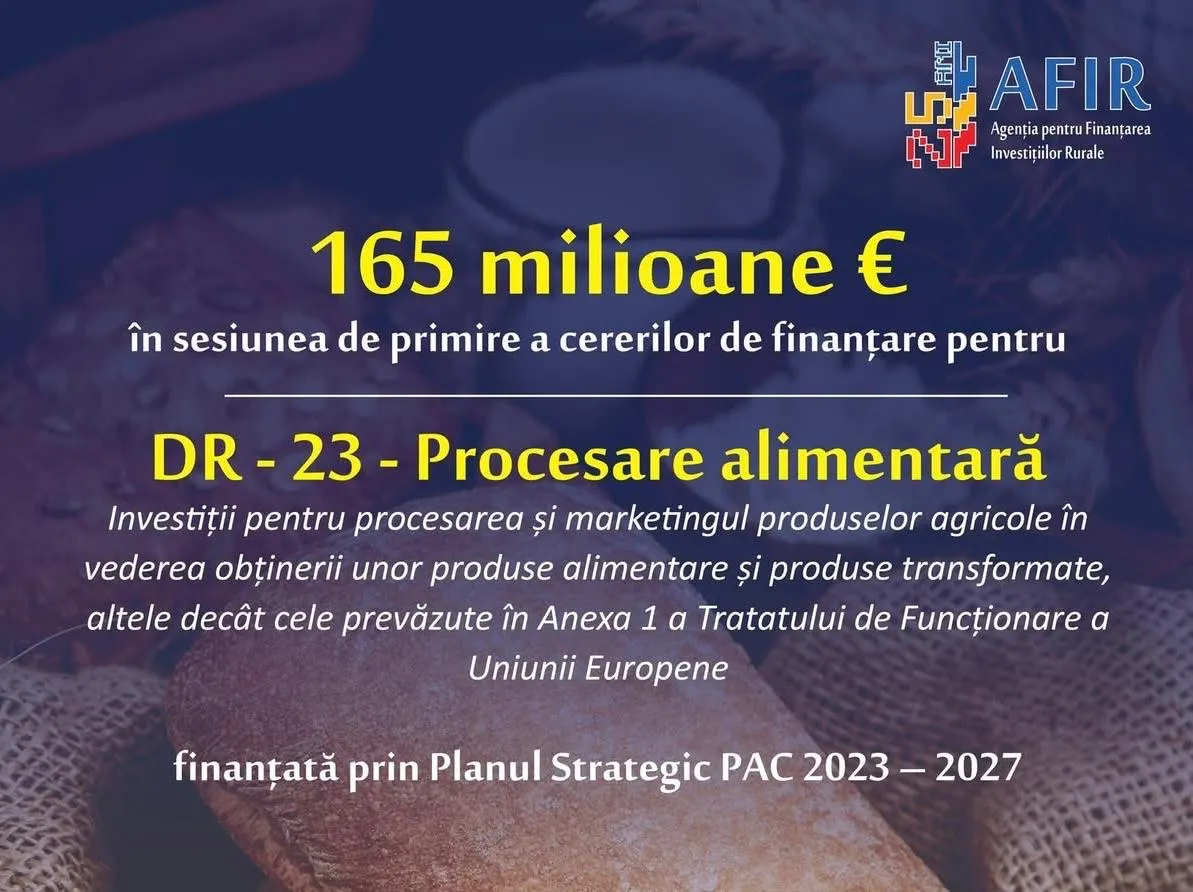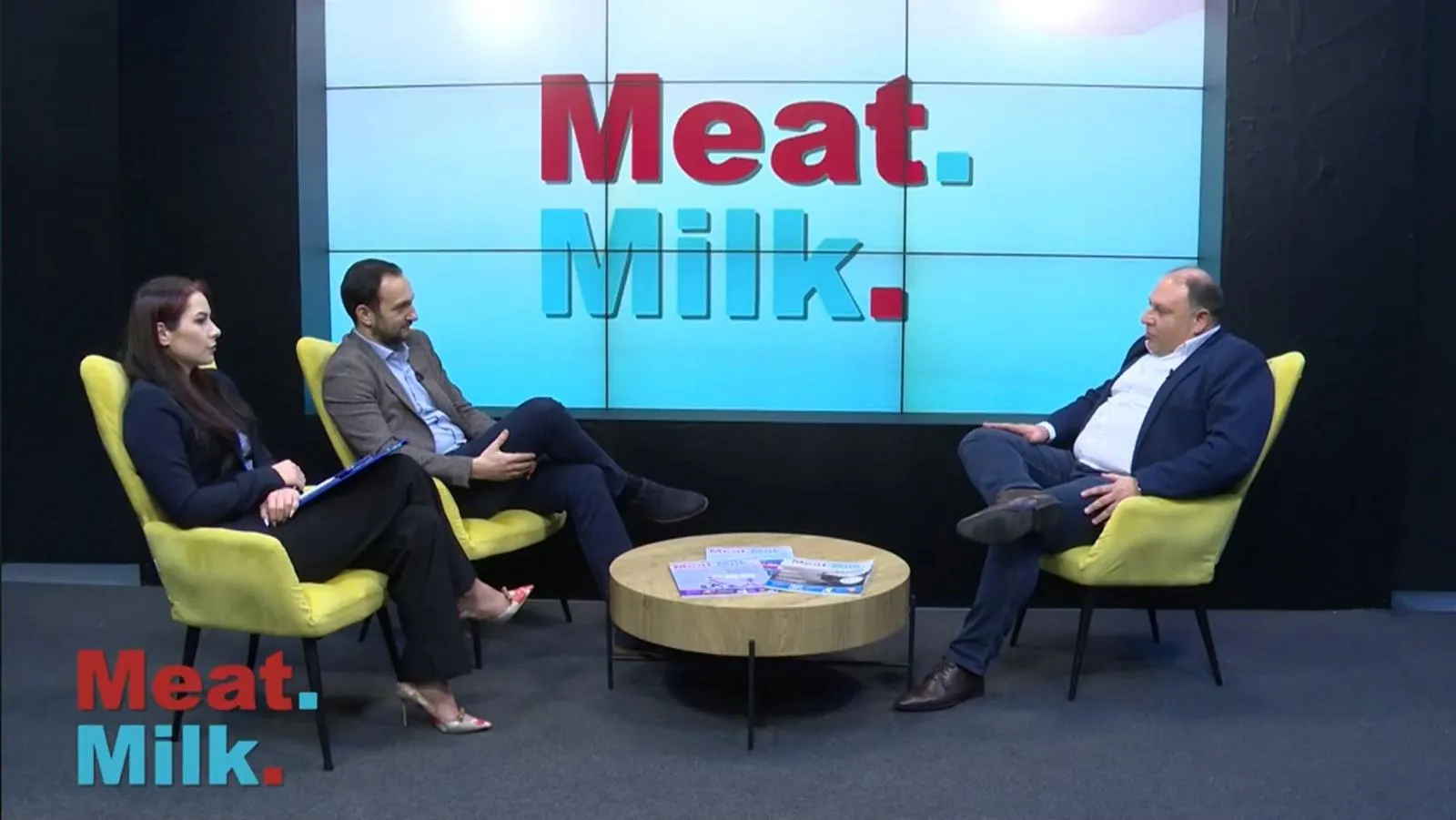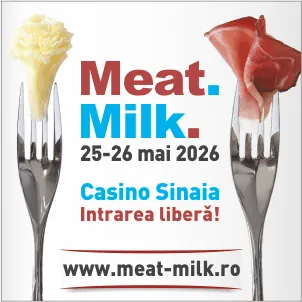785

Integrated Farms – A Strategic Model for Romania’s Agricultural Development
Integrated farms represent one of the most efficient forms of agricultural organization in Central and Eastern Europe. This model involves the implementation of a set of interdependent activities—from crop and livestock production to processing, packaging, and marketing—within a coherent, internally managed system. Integration can be vertical (from production to sales) or horizontal (diversifying agricultural branches), with the goal of maximizing added value, reducing losses, and increasing economic predictability.
In Romania, data from the Ministry of Agriculture show that fewer than 10% of commercial farms are integrated, yet they generate over 20% of the added value in the agri-food sector. A 2023 study by the Institute of Agricultural Economics found that integrated farms can reduce logistical and operational costs by 25–40%, while achieving a gross profit margin 50% higher than farms specializing in a single activity.
For example, a 500-hectare crop farm producing feed grains can integrate a 1,000-head pig farm and a medium-capacity slaughterhouse. In this case, raw materials (wheat, corn, barley) are internally processed into feed, cutting feeding costs by over 30% and ensuring complete traceability. The meat is locally processed and sold either through the farm’s own stores or through distribution networks with fixed contracts, eliminating intermediaries and price volatility.
A Eurostat report (2022) indicates that integrated farms in the EU have, on average, 60% higher economic efficiency and up to 45% lower post-harvest losses, especially in highly perishable sectors such as dairy and vegetables. In Romania, integrated dairy farms (with in-house processing) have managed to stabilize the price per liter above 2.3 lei in retail partnerships, compared to less than 1.9 lei/liter for farmers dependent on external processors.
Access to financing is crucial. The CAP Strategic Plan 2023–2027 includes dedicated funding lines for processing and marketing investments—such as DR-22 or DR-20—which allow farms to access up to €2 million per project if they integrate processing or direct sales. Projects demonstrating value chain integration receive additional points in AFIR evaluations.
Of course, the challenges are considerable. Integration requires substantial initial investments (between €800,000 and €2.5 million for a medium-sized integrated farm), skilled human resources, high-performance management systems, and the capacity to comply with multiple regulations (veterinary, HACCP, taxation, traceability). Vertical integration also entails greater complexity in risk management (biosecurity, market, climate), necessitating a high level of professionalization.
Nevertheless, integrated farms offer financial stability, predictable income, access to short supply chains, and competitive positioning with major retailers. They are, in fact, becoming pillars of food sovereignty—capable of supporting sustainable rural development and transforming agriculture into a strategically valuable sector.
(Photo: Freepik)





